Fern - development cycle, species and cultivation
Ferns grow in wild forests and form beautiful bushes with wide leaves. Many gardeners and landscape designers plant such a plant in plots and flower beds. The fern is demanding in its care and in order to obtain a healthy and attractive plant, several rules must be followed.
Content:
Description and life cycle
Fern is perennial herbaceous plant that belongs to the fern family. The form of its growth depends on the species and can be in the form of a tree, bush or grass. The fern is one of the oldest plants on the planet, the origin of which archaeologists attribute to the Paleozoic era. In the modern world, representatives of this family can be found on any continent of the planet, they mainly grow in tropical climates.
In nature, the fern can reach 2 meters in height and grow up to 3 meters in diameter. Of the huge number of genera and species, only a small percentage is grown at home. Basically, all these ferns have lush foliage and form an ornamental and dense bush. But it is used not only as a decorative decoration, the leaves of the plant are a good air purifier, as well as a humidifier.
Fern development cycle is divided into two types, sexual and asexual.
Most often you can find asexual representatives of this plant. Them reproduction occurs with the help of spores that form on the leaves, hence the name. Ferns of the second type develop male and female plant organs. This process only takes place in an environment with high humidity.
Fern species
Popular fern species:
- Bracken fern. This type can be attributed to the most popular. It forms a bush up to 150 cm high. The leaves are large, spreading, flat, feathery, painted green. Bracken fern belongs to poisonous plants, but the percentage of toxins is so low that the leaves are used for food after cooking and several days of soaking.
- Thai fern. This is an indoor type of plant that is grown in aquariums to maintain the required percentage of moisture. The height of the plant does not exceed 30 cm. The leaves are arranged alternately, have an oblong shape, pinnate, painted in a bright green tone. This species is very whimsical, therefore, its maintenance obliges it to anxious care. Temperature fluctuations or unsuitable water can cause diseases and plant death.
- Fern is male. A large shrub with long, double-pinnate leaves. The rhizome is thick, goes deep into the ground, and a dense rosette of leaves forms on it. The height of the plant does not exceed 120 cm. The leaves are painted in a dark green tone, in the first year they grow upward, after a while under the weight they bend in an arc. This fern is used medicinally.
Reproduction
Ferns reproduce by spores, division and rooted shoots. At home, reproduction by spores is practically not used, since this is a rather long and laborious process.
Some species form bulbs, which are divided during transplantation.Other species can be rooted using a leaf, the end of which is dropped in the same pot and, after rooting, is separated from the mother plant.
Fern care
The fern belongs to shade-loving plants, therefore it is recommended to place it away from direct sunlight. For indoor varieties, a stand is suitable, which is located 1-2 meters from the window. For street bushes, you can choose a place under the crown of spreading trees. Leaves should receive diffused sunlight and sufficient air.
Fern watering:
- Ferns are watered regularly and abundantly, as the plants consume a large amount of moisture.
- For indoor varieties, it is necessary to boil or stand for 2-3 days. Their tap water can cause irreparable damage to the plant.
- Street bushes are less whimsical to water quality, but require the same glaze.
- If there is not enough moisture, the leaves begin to wither and die and even urgent watering will not bring them back to life.
- For the winter period, watering is reduced.
- It should be borne in mind that waterlogging of the soil will lead to decay root system and plant death. Therefore, before watering, the soil is always checked for moisture.
- A resident of tropical regions needs to maintain high air humidity, especially during the heating season. To do this, the leaves are sprayed daily with soft water at room temperature from a spray bottle.
- You can also install a humidifier near the plant or put the fern pot on a stand with damp expanded clay.
The ambient temperature for indoor plants should not fall below 10 degrees Celsius and rise above 25. Street varieties are frost-resistant, they are insulated for the winter, and opened and cleaned in the spring.
Ferns need to be fed during the growing season. mineral fertilizers, periodically add a little nitrogenous feedingto stimulate leaf growth. In spring and summer, gardeners recommend organic fertilizers to add additional nutrition to the soil and strengthen the root system.
Transplant carried out as needed.
When the root system fills the entire pot, the fern is transferred into a larger container along with an earthen ball. The process is carried out carefully so as not to damage the root system. With improper care, a fern can develop many diseases. So, brown spots appear on the leaves from dry air. From constant waterlogging of the soil, the root system can rot.
A scabbard may appear on the leaves, which is quite difficult to remove from the feathery leaves. It is recommended to treat the plant with special preparations that can be purchased in the store or treated several times with soapy water with an interval of 3-5 days.
More information can be found in the video.



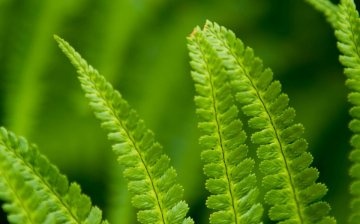
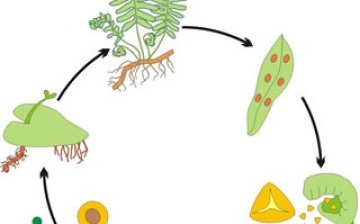
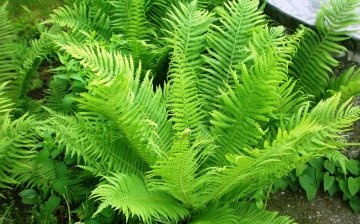
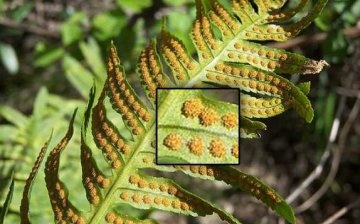
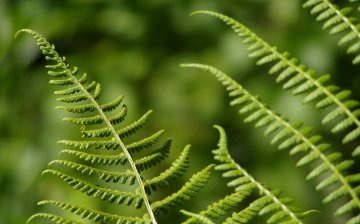





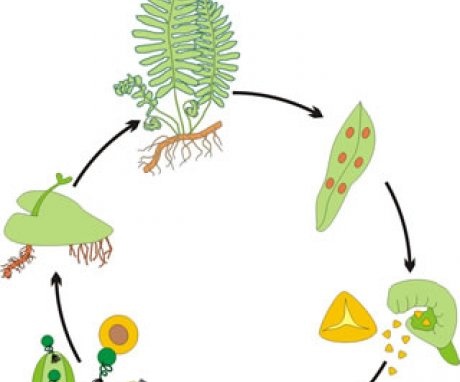
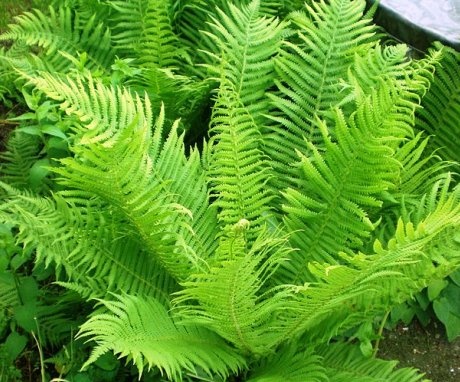
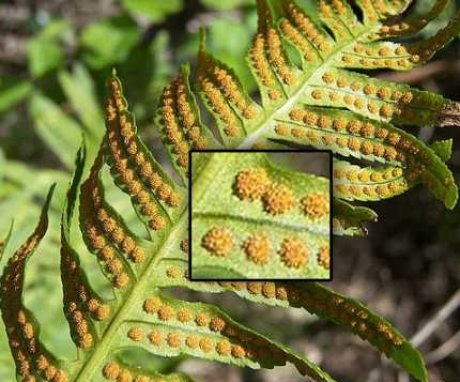
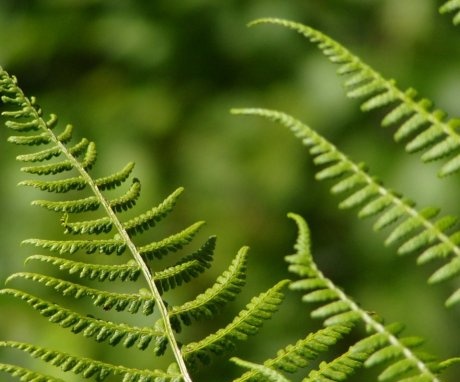
A co-worker of mine managed to grow a fern in her vegetable garden in a shaded area near a pond. This is an unusually attractive and exotic place where you just want to sit and relax after work.
Ferns grow on my site. Once upon a time, my family and I went to the forest for mushrooms and, in addition to mushrooms, brought home several fern bushes. Now these are already very beautiful bushes. They are getting bigger every year.